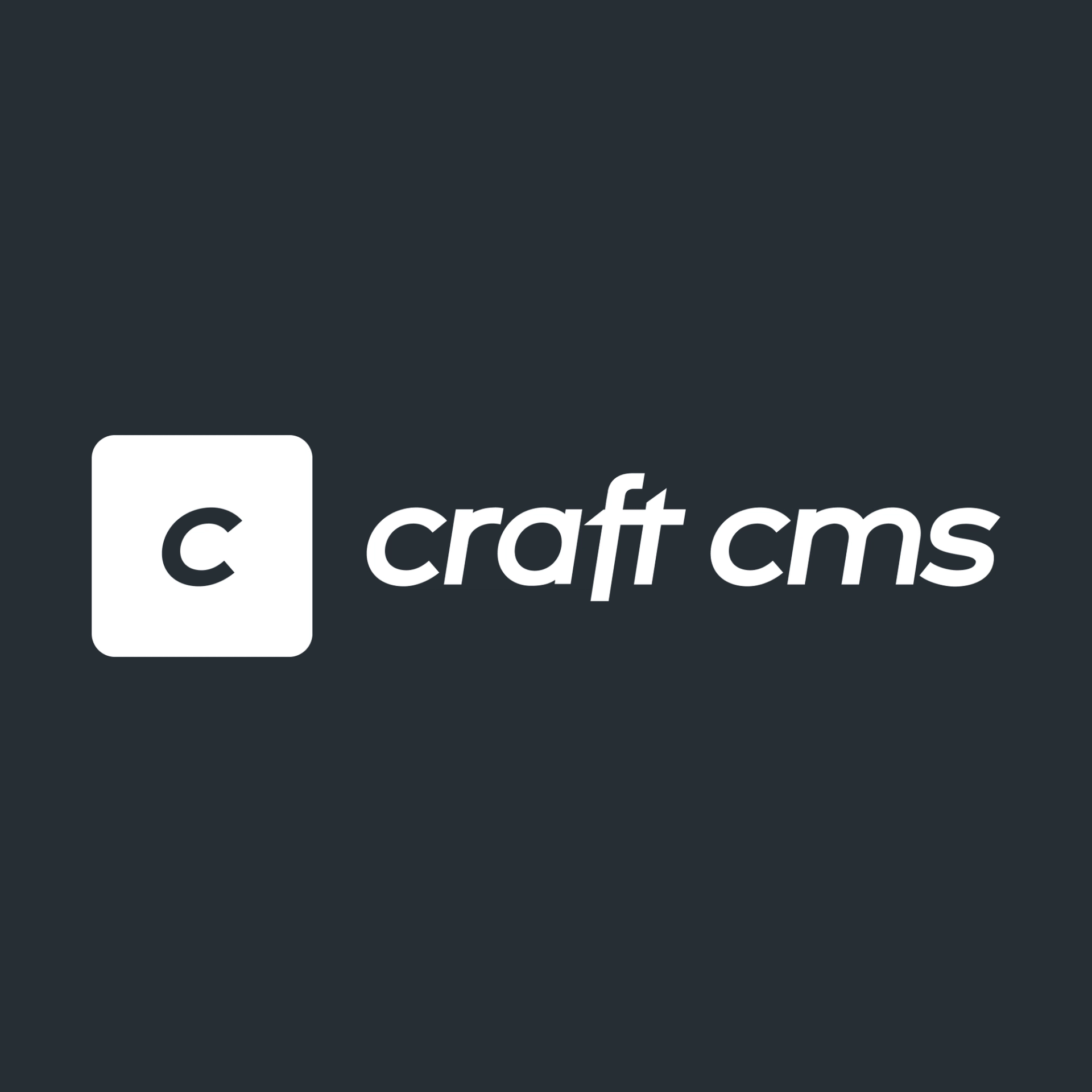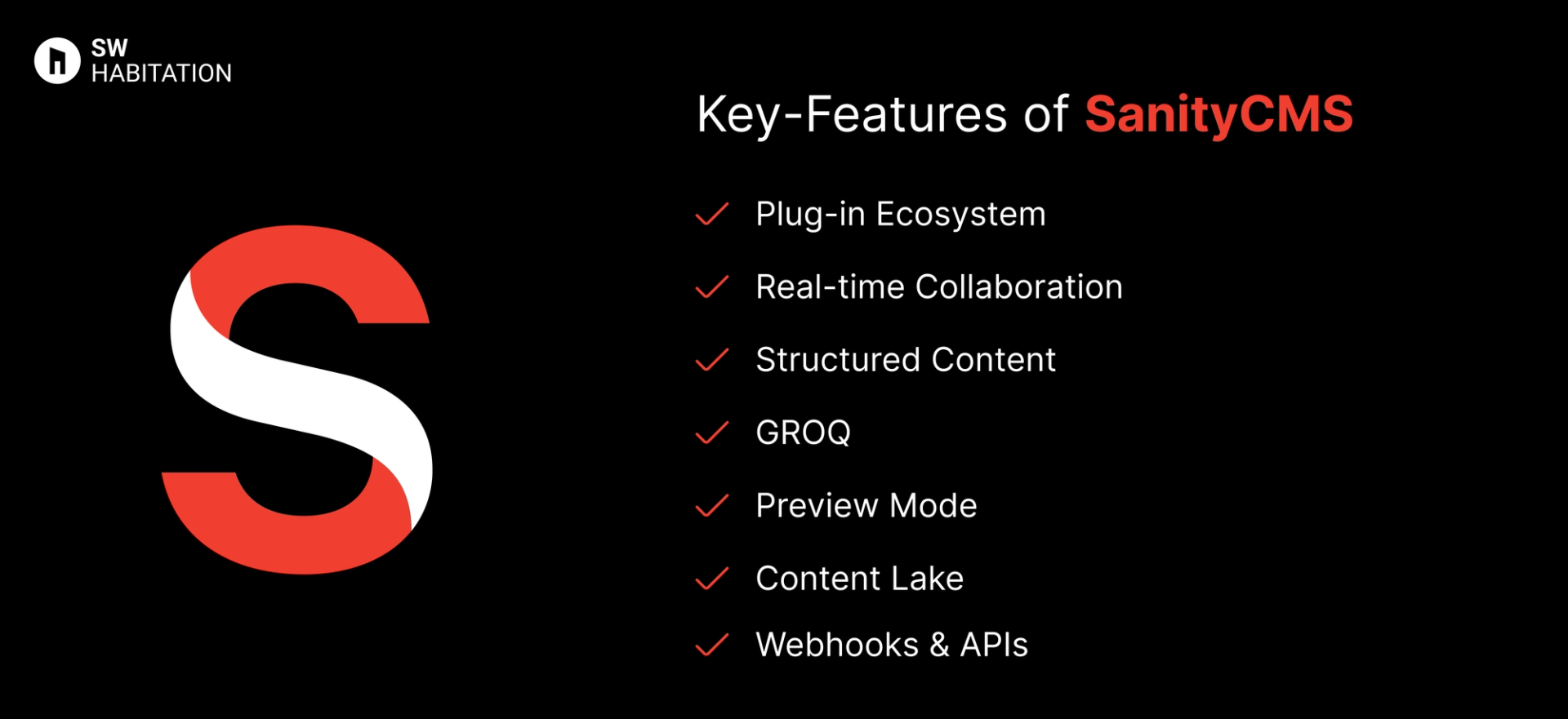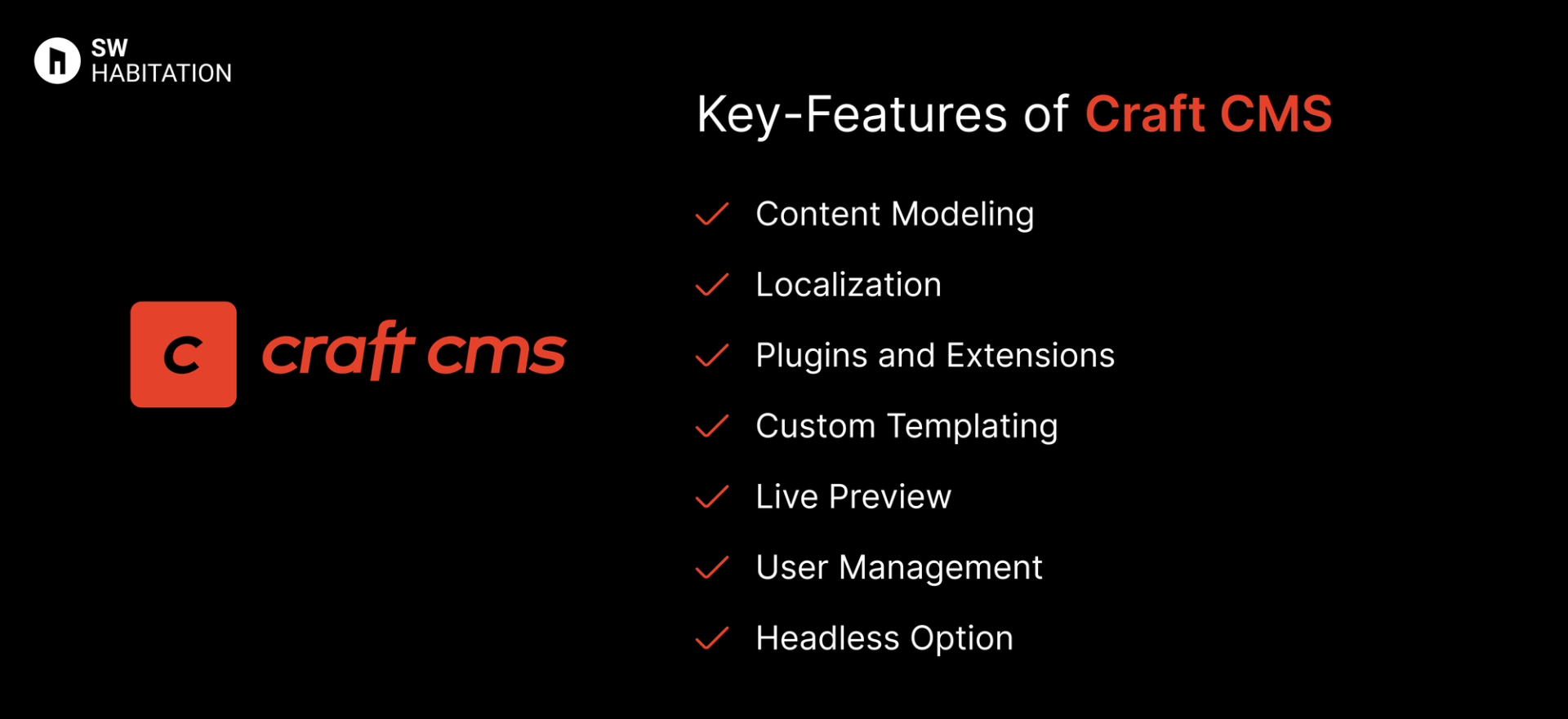Sanity vs. Craft CMS

Sanity

Craft CMS
You know, when you wanna make a website or a blog but don’t wanna mess with too much code? That’s where a CMS (Content Management System) comes in. It’s like a super easy tool that helps you add text, pictures, and videos to your site without needing to be a tech genius. You just log in, click a few buttons, and your content is live. It's quite simple, right?
What is Sanity CMS ?
Sanity is a real-time, headless content platform that offers a customizable content studio (Sanity Studio) and flexible API access. It is known for its structured content modeling and developer-first experience.
Key Features of Sanity CMS ?


- Plug-in Ecosystem : Extend Studio with community and custom plugins.
- Real-time Collaboration: Multiple editors can work together live.
- Structured Content: Flexible schemas allow deeply nested, rich content types.
- GROQ: Sanity's powerful custom query language.
- Preview Mode: Live preview content with your frontend in real-time.
- Content Lake: Sanity’s globally distributed real-time content backend.
- Webhooks & APIs: Easily integrates with static site generators and webhooks.
Advantages of Sanity CMS
- Headless Freedom: It can be used with any frontend or framework.
- Real-Time Editing: Ideal for collaborative workflows.
- Scalable Content: Handles complex data relationships and large-scale content.
- Great Developer Tooling: Excellent CLI, schema modeling, and APIs.
- Highly Customizable Studio: Designed the UI to your brand/editor needs.
Disadvantages of Sanity CMS
- Learning Curve for GROQ: GROQ is powerful but unfamiliar to most developers.
- No Native Image Hosting: it relies on integrations or external hosting for advanced media workflows.
- Requires Developer Setup: Initial setup and schema modeling may be overwhelming.
- Pricing: It an get expensive at scale or with advanced usage.
What is Craft CMS?
Craft CMS is a content-first CMS that gives developers complete control over their content structure and front-end design.
Unlike traditional CMS platforms that come with pre-built templates, Craft takes a more hands-on approach, you can build everything from scratch, making it super customisable.
Key Features of Craft CMS


- Content Modeling: Structure your content however you like with fields and relationships.
- Localization: Native support for multi-language content.
- Plugins and Extensions: Expand functionality with a rich plugin ecosystem.
- Custom Templating: Use Twig, a simple templating language, for front-end.
- Live Preview: See changes in real time before publishing.
- User Management: Manage user roles and permissions easily.
- Headless Option: Use Craft as a headless CMS with GraphQL or REST APIs.
Advantages of Craft CMS
- Highly Customizable: Total control over your content structure and front-end.
- Active Community: Plenty of plugins and community support.
- Scalable: Handles both small projects and large, complex sites.
- Great Developer Experience: Clean code, easy templating, and robust documentation.
- Built-in Localization: Native support for multilingual sites.
Disadvantages of Craft CMS
- Setup Time: It takes longer to set up compared to plug-&-play CMS options.
- Not Beginner-Friendly: It requires some coding knowledge.
- Paid License: No free tier, you’ll need a license to use it.
Comparison Between Sanity vs Craft CMS
Use Cases of Sanity
- Jamstack-powered Apps: Integrates seamlessly with static site generators and frontend frameworks for fast, secure apps.
- Content-rich websites : It is Ideal for managing structured, scalable content across marketing sites, blogs, and documentation.
- Editorial Platforms: Enables real-time collaboration, custom workflows, and structured content for publishing teams.
- Headless eCommerce: Powers product content, editorial storytelling, and localization for modern eCommerce platforms.
Use Cases of Craft CMS
- Custom Websites: When you need total control over your front-end design.
- Headless Implementations: Use Craft’s APIs to serve content anywhere.
- Complex Content Structures: Projects that require complex content relationships.
- Agencies and Freelancers: Ideal for building unique, high-performance websites.
Conclusion
Headless CMS platforms make managing your website very simple and easy. Whether you’re running a blog, online store, or business, they handle the tough stuff so you can focus on your content.
With a user-friendly interface and the ability to work with any technology, you can create a site that really fits your needs.
These platforms are flexible, secure, and can grow with you. They offer features like custom content, easy editing, and integrations with other tools. Choose the one that fits your requirements and start building your dream website today 🚀
Frequently asked questions
Is Sanity open-source?
Sanity Studio is open-source, the backend (Content Lake) is managed and proprietary.
What makes Sanity different from other headless CMS?
Real-time editing, schema customization, and GROQ querying offer extreme flexibility and control.
Can I self-host Sanity?
No, Content Lake is only available as a managed service, but Sanity Studio can be self-hosted.
What is Craft CMS used for?
It’s used for creating custom websites where you need full control over the design and content.
Is craft cms beginner-friendly?
It’s a bit more technical than some other CMSs, so it’s ideal if you’re comfortable with web development.
Can I use Craft CMS with React or Next.js?
Yes, but you’ll need to set up an API to make it work smoothly with frontend frameworks.
Is Craft CMS free?
No, but it offers a one-time license fee, which can be more affordable for long-term projects.
Does craft-cms offer built-in SEO tools?
Not out of the box, but you can add plugins for SEO features.
